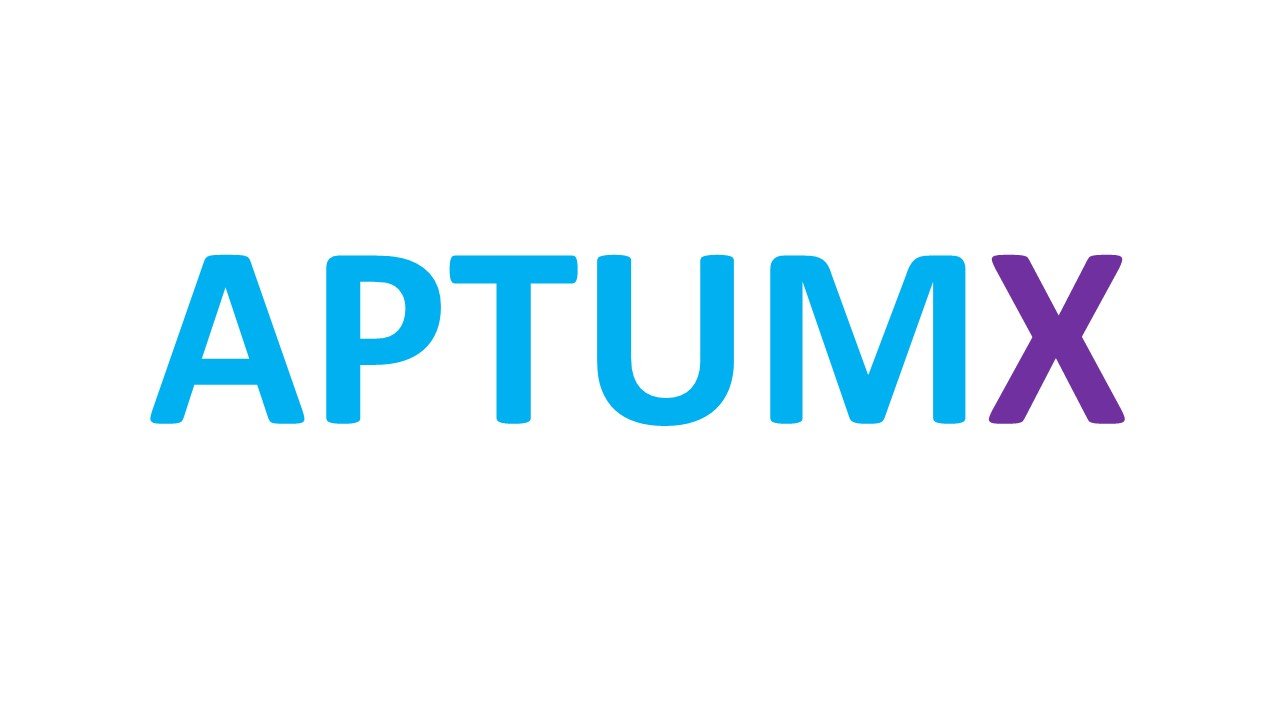The Race to Define Business
Life without Definition
Making something happen requires organisation – a wedding, for example. A set of random events are unlikely to give you an outcome you want.
To organize something, you must know the components involved in making the something happen.
The purpose of business is making something happen – providing a product or service. But how do we go about defining the components that we need to organize?
Obviously, we do organize business but how effectively we do this and how productive the result, is questionable. Most of the time when outside parties are engaged to help improve an organization’s performance with a new computer system or a transformational consulting exercise, they fail.
Today, there is no standard method for defining business. It varies from organization to organization, and what really happens often resides only in the heads of employees.
The way in which businesses are organized evolves slowly over time. The same is true for changes to an organization.
Now, thanks mainly to the rapid evolution of technology - the Web, the Internet of Things, mobile computing, and automation – slowly over time is not a viable option. The pandemic gave us a taste of what is to come and how business must become responsive to change.
Organizations are facing the business equivalent of Climate Change …but with an even shorter timescale.
Given that successful change is dependent on a clear definition of the organization the question is –where are we going to source a standard method of defining business? It has eluded us for so long.
The Purposeful Digital Twin
Apollo 13’s near fatal accident showed NASA the need for a true-to-life definition of an environment to enable them to respond quickly and accurately. Their solution was a digital replica of their spacecraft and crew. It allowed them to monitor the craft in real-time and intervene at a moment’s notice.
This digital replica is called a Digital Twin.
There is recognition from analysts such as Gartner that this can also work for business, but there are two roadblocks - it requires a standard model of business and its component parts, and a method of relating this to an individual organization’s situation.
The first is relatively straight forward. Being a replica means you can see the components of business in real life, albeit some are tangible and some, such as activities, are not. A Digital Twin model spells this out in a form that is applicable to any organization.
The second is more challenging – where to start? So many businesses can list their processes but cannot define any meaningful structure to them, making it impossible to understand them, let alone to organize or rationalize them. Defining purpose – at both a business and a process level – is the key to unlocking the solution to this problem.
The purpose of business, providing product(s) or service(s), is supported by processes that are used to acquire the resources to create the product/service, maintaining some and consuming others, and finally to deliver the product/service.
The purpose of a process is to support the business purpose. Identifying its purpose links a process to others that it initiates or supports, or to a resource that it supports. This connection of processes ultimately defines the flow of activity through the business and the value it creates or transfers.
Purpose is the glue that turns the individual processes into a business.
Start defining a business by recording the main processes and their purpose. This tells you what they connect to and where in the organization they reside. Then, defining the workflow of each process will provide an accurate framework with which to successfully support any change to the business.

